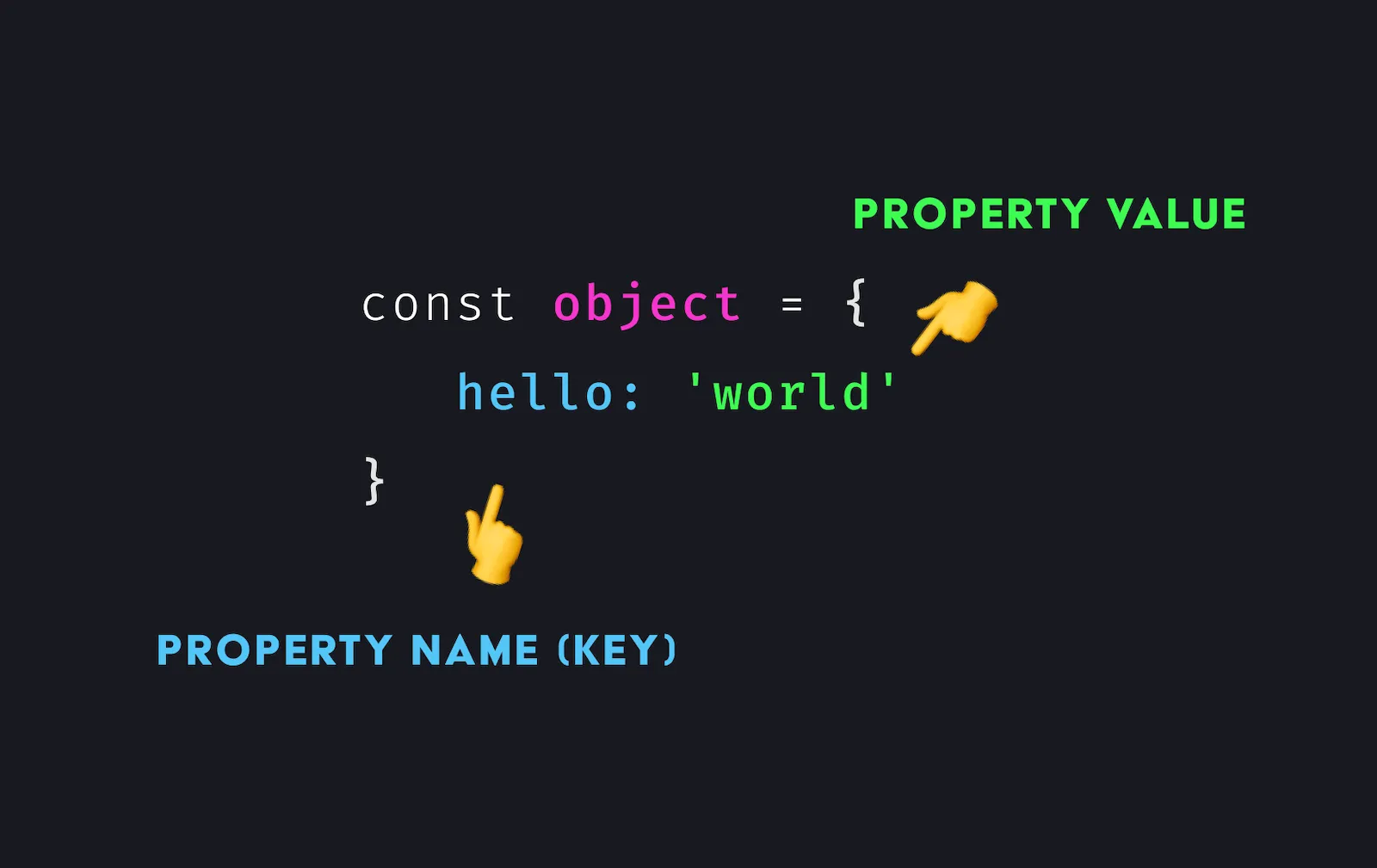In the world of JavaScript programming, Objects are not just a concept—they are the heart and soul of the language. If you want to become a true JavaScript developer, mastering Objects is a must.

This article will help you deeply understand Objects, from the very basics to how to use them effectively to build powerful and flexible applications.
What is an Object in JavaScript?
Simply put, an Object in JavaScript is a collection of properties. Each property is a key-value pair. Think of an Object like a filing cabinet. Each drawer (key) holds a specific document (value).

- Key: Always a string or a Symbol.
- Value: Can be any data type—string, number, boolean, function, or even another Object.
Here’s a typical example of how to declare an Object:
const user = {
name: 'John Doe',
age: 30,
isStudent: false,
hobbies: ['coding', 'reading', 'traveling'],
address: {
city: 'Hanoi',
country: 'Vietnam',
},
sayHello: function () {
console.log(`Hello, my name is ${this.name}`)
},
}
Why are Objects important?
Objects are the foundation of JavaScript because they allow us to organize data logically and structurally. Instead of storing user information in separate variables (like userName, userAge), we can wrap everything into a single Object. This makes code easier to read, manage, and maintain.
Additionally, Objects are the basis of Object-Oriented Programming (OOP) in JavaScript. While JavaScript is not a purely object-oriented language, it uses Objects to simulate concepts like inheritance, encapsulation, and polymorphism.
How to use Objects effectively
Now that you understand the concept and importance of Objects, let’s learn how to use them efficiently.
Accessing and modifying properties
You can access Object properties in two ways:
- Dot notation (
.): Most common and readable.console.log(user.name) // 'John Doe' - Bracket notation (
[]): Useful when the property name is a variable or contains special characters.const key = 'age' console.log(user[key]) // 30 console.log(user['is-active']) // Suppose the property is named 'is-active'
You can also easily modify or add new properties:
user.age = 31 // Change value
user.gender = 'male' // Add new property
Looping through an Object
To iterate over all properties of an Object, you can use the for...in loop:
for (const key in user) {
console.log(`${key}: ${user[key]}`)
}
However, be careful with for...in as it can iterate over inherited properties. A safer way is to use Object.keys(), Object.values(), or Object.entries().
Useful methods
JavaScript provides many built-in methods for working with Objects:
Object.keys(obj): Returns an array of all property names of the Object.Object.values(obj): Returns an array of all values of the Object.Object.entries(obj): Returns an array of sub-arrays, each containing a[key, value]pair.
Copying Objects
When you assign an Object to another variable, you’re not copying the value but the reference. This means both variables point to the same Object in memory.
const userA = { name: 'Alice' }
const userB = userA
userB.name = 'Bob'
console.log(userA.name) // 'Bob'
To create an independent copy (shallow copy), you can use the spread syntax (...) or Object.assign().
const userC = { ...userA } // Shallow copy
userC.name = 'Charlie'
console.log(userA.name) // 'Bob' (unchanged)
console.log(userC.name) // 'Charlie'
Conclusion: Mastering Objects is essential
Objects are one of the most important building blocks of JavaScript. They not only help you store and manage data efficiently but also open the door to the world of Object-Oriented Programming. By mastering how to declare, access, and manipulate Objects, you’ll be able to write JavaScript code that is powerful, clean, and maintainable.
Start practicing today to turn this knowledge into your skill!
![[JS Basics] Conditional Statements in JavaScript: Examples & Effective Usage](/images/blog/conditional-statements-in-javascript.webp)
![[JS Basics] Functions in JavaScript: Concepts, Declarations, and Detailed Examples](/images/blog/functions-in-javascript.webp)
![[JS Basics] What is an Array in JavaScript? The Most Effective Ways to Use Arrays](/images/blog/arrays-in-javascript.webp)
![[JS Basics] Operators in JavaScript: Overview and Easy-to-Follow Practical Examples](/images/blog/basic-operators-in-javascript.webp)